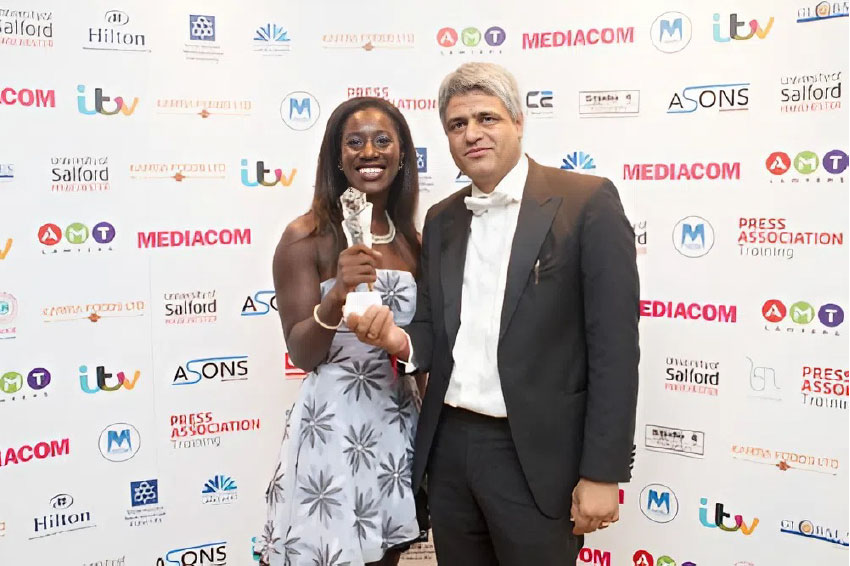
NHS BAME ‘Stroke Campaign’
Background
Brain stroke, commonly known as stroke is a dangerous condition where oxygen supply to the brain is interrupted, resulting in a serious loss of body function and thinking process. This leaves the affected person paralysed and unable to lead a normal life. To increase awareness around stroke and its symptoms, the NHS launched the ‘When Stroke Strikes, Act F.A.S.T’ campaign in 2013. It emphasised on the key indicators of stroke – drooping Face, unresponsive Arm and slurry Speech, telling people to call 999 immediately. While this was a national campaign catering to the general population in the UK, one of the key ethnicities who would benefit from the awareness was South Asians.
Insights & Challenge
While the younger generation assimilated in the mainstream UK culture more seamlessly, by virtue of being raised here, the older generation still lived in an ethnic cocoon which reminded them of their homeland.
For this, it was imperative that we visually demonstrate the symptoms and not just explain them.
Campaign
People migrated from the rural parts of Pakistan and Bangladesh decades ago, before current mediums like TV and the internet became popular. During that period, STREET PLAYS (also known as TAMASHAS) were popular.
These street plays enacted the message in a unique style and were widely used as tools to generate awareness and to educate. We created a TV advert in this uniquely South Asian style. The characteristic rhyme and rhythm also helped remember the message better, just like how songs are easier to remember than dialogues or prose. The advert used the same patterns, colours, music and style along with visually demonstrating the signs of stroke on the body. Throughout the advert and the campaign, we referred to stroke as brain stroke to establish the difference between this and a heart attack/stroke. The advert was aired on ethnic TV channels.
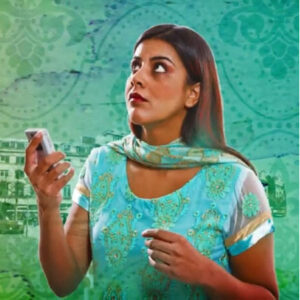
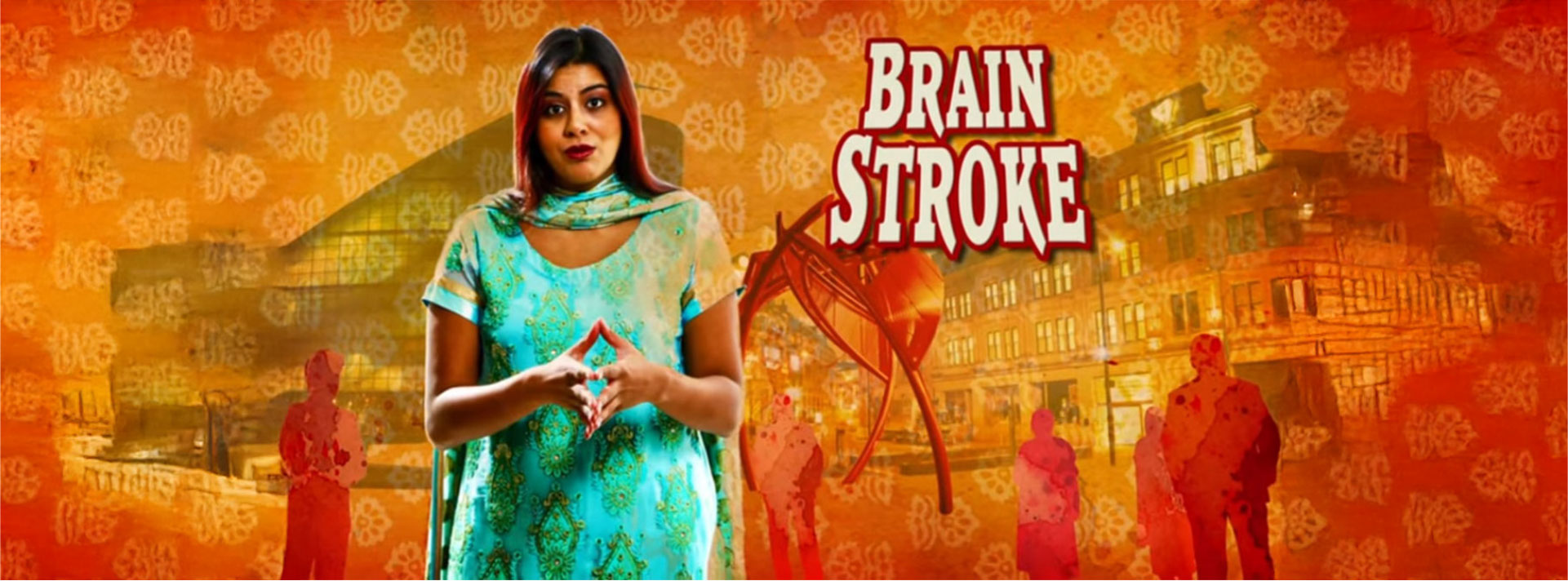
Research suggested that the older members of these ethnic groups often relied on the young in the family to get more information around their health, book GP appointments and so it was imperative that we include touchpoints that are frequented by them. The TV campaign was therefore supported by a microsite (http://www.brainstroke.org.uk/) where information on stroke was available in Hindi, Urdu, Punjabi Sylheti and English languages.
Posters
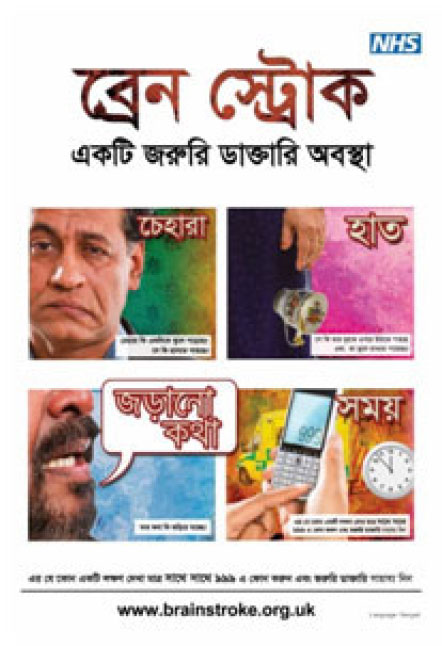
Microsite
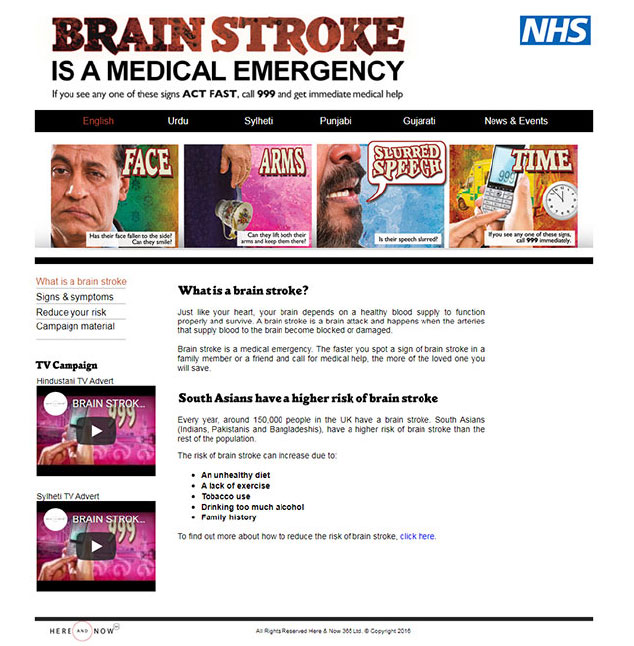
These touchpoints ensured that the general ethnic population in the Greater Manchester area got the message clearly and simply. But there is still a part of the population who are not TV viewers and generally spend time in their trade. To target them, we leveraged the local press and radio through heavy duty campaigns, extensive outreach activity that spanned over 120 locations in the Greater Manchester area, print material for GP surgeries and talks by stroke experts, GPs and stroke survivors in the community centers.
The campaign was so successful that it was recognised at the prestigious Asian Media Awards in 2015 with the Head of Communications and Engagementof the Greater Manchester Public Health Network in attendance.
